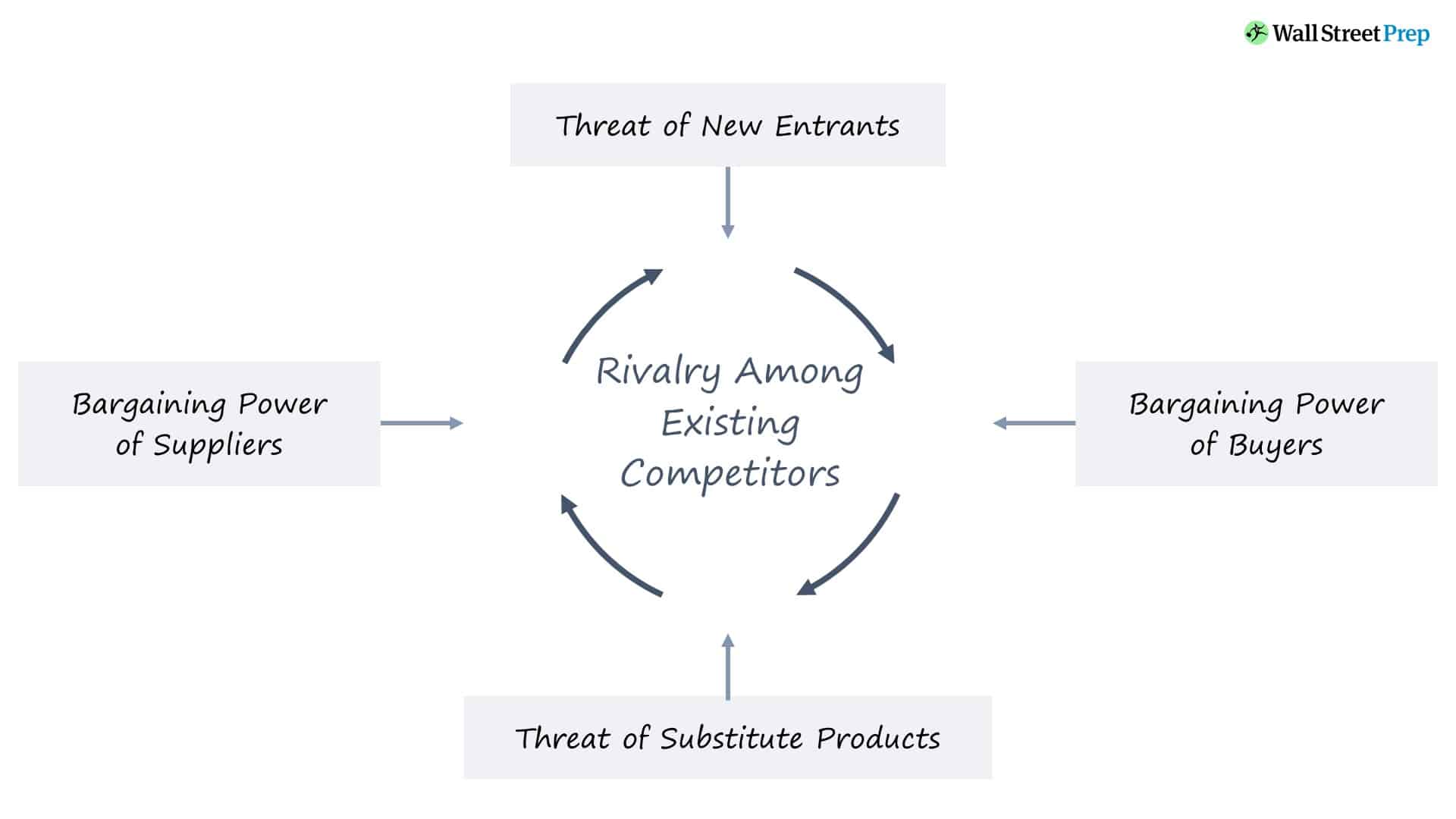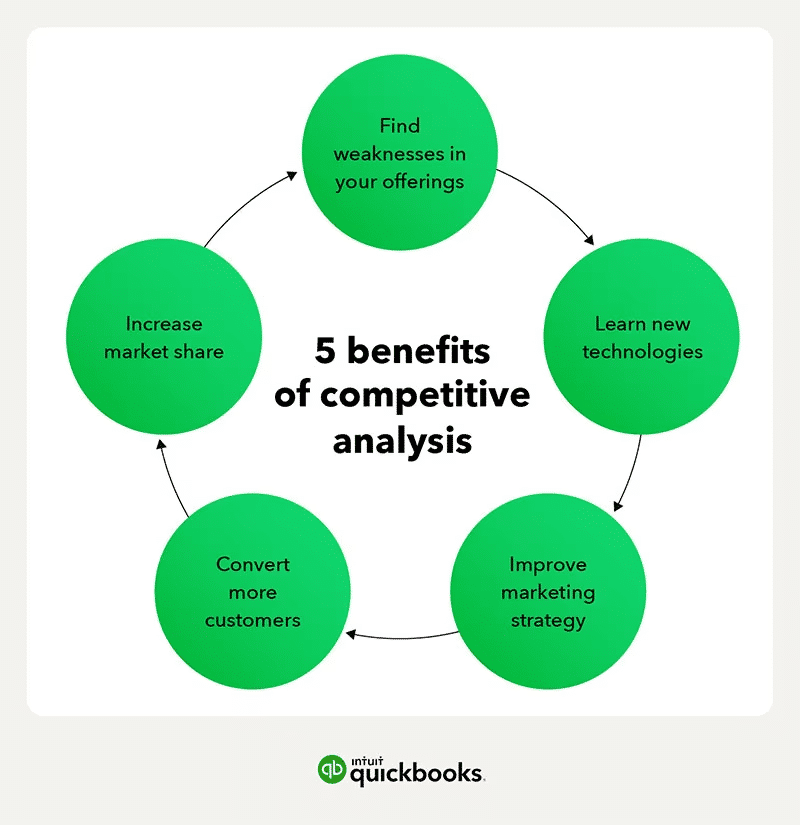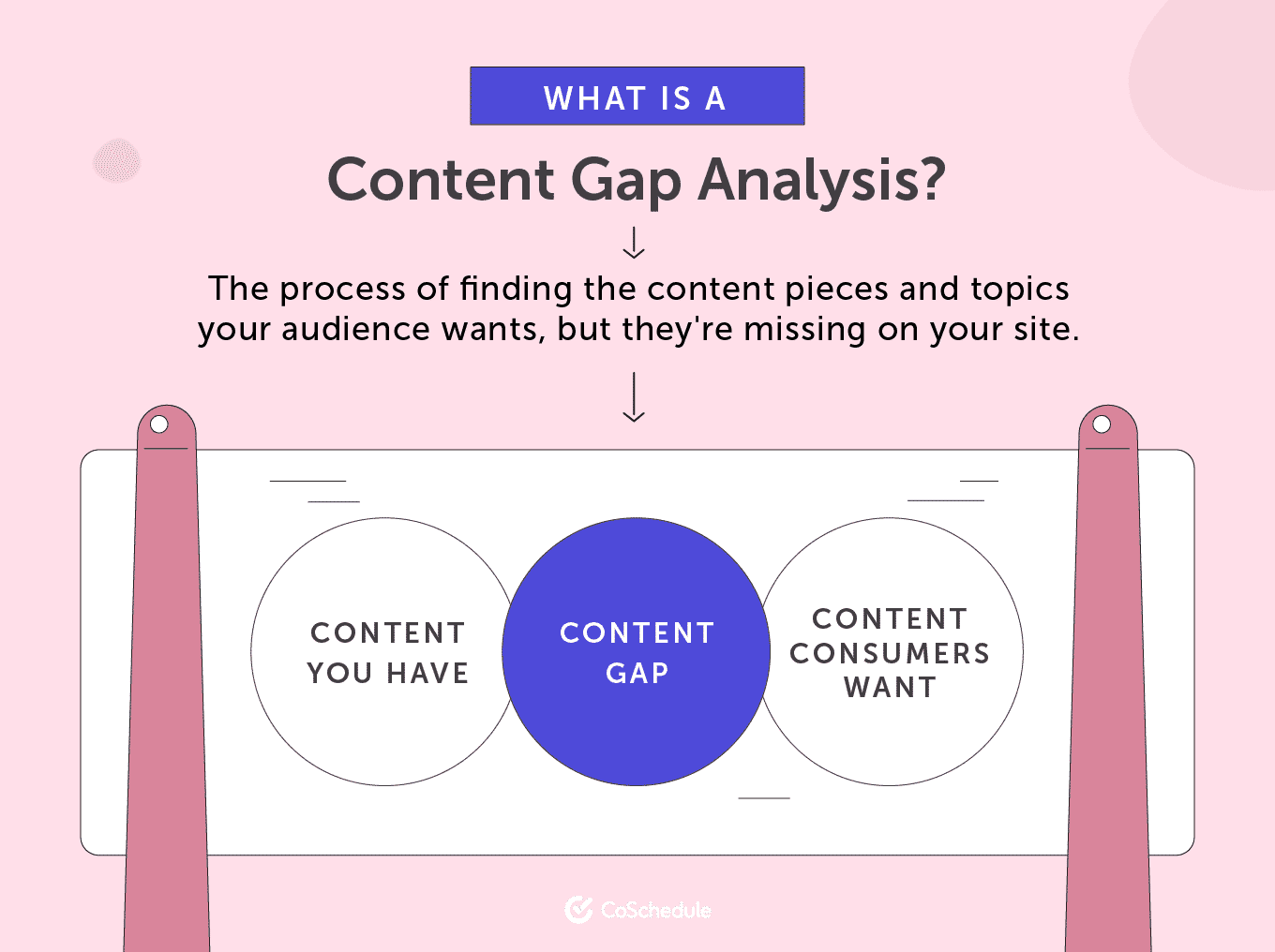
How To Perform (and Ace) Competitor Content Analysis
You’re probably not operating your business inside a protective bubble. At least, we don’t think you are. (If you’ve found the secret, please let us know! )
More than ever, you’re constantly competing against others for attention and eventual sales. Winning the battle means developing a solid strategy and tactics in operations and marketing.
However, your competitors aren’t going to openly spill their secrets for success. How can you gather intel to help you improve your content marketing strategy?
Learn how to perform and ace competitor content analysis in this simple breakdown.

Key Takeaways:
- Competitor content analysis helps you understand your competition’s content marketing strategies.
- An analysis shows you what works for the competition and why, plus opportunities for you to surpass them.
- Perform a content analysis by listing your competitors, finding their content locations, uncovering their SEO metrics, auditing their content, and reviewing their off-site activity.
- Benefit from a content analysis by creating a definite action plan to implement what you learned.
- Execute monthly or quarterly reviews of your annual analysis.
Defining “Competitor Content Analysis”
“Competitor content analysis” means dissecting your competitors’ content to understand their strategies and how they achieve their results. Use this process to identify a competitor’s messaging, structure, and tone.
Such an examination should be part of a larger competitive analysis that helps you identify your competition’s strengths and weaknesses. You also can determine opportunities to capitalize on the market with better content.

Grasping Why You Need To Do Competitor Content Analysis
Competitor content analysis helps you discover what’s clicking with your target audience and how they want to engage with you. The assessment also shows you gaps in your content and can present fresh ideas.
A critical aspect is finding content competitors that are not direct business rivals. Marketers in related fields may be content competitors you need to examine carefully.
For example, Krispy Kreme donuts stock took a tumble due to an indirect competitor. The culprit was the Atkins diet, which was encouraging people to avoid carbs.
Both diets and donuts compete in the quest to make a person feel good. You can likely imagine other indirect competitors that might pose a threat to their business model and yours.
From a marketing perspective, Krispy Kreme could counter this competition by producing content that shows how people can still enjoy the foods they love while on a diet. Or the company could highlight ways people can have responsible “cheat days.”
The point is that your analysis will arm you to handle threats and opportunities you might not have otherwise seen coming.
Performing a Competitor Content Analysis in 4 Key Steps
Performing a competitor content analysis does not have to be complex, but it does take focused work. Execute the following steps.
1. Categorize Your Competitors
To start, you need to create a list of your direct and indirect competitors. Remember that some indirect competitors could become valuable partners and cross-promoters.
Various search engine optimization tools have features that can help you find competitors you haven’t yet discovered. For example, Semrush has an Organic Research feature that lists competitors.
You can also use advanced Google search operators to find competition. Type “related:[site.com]” into the search bar to find similar sites to yours or another organization.
Categorize your competitors by their business positioning and marketing objectives. How a company positions itself can help you determine what attracts a specific audience that you are trying to draw in.
2. Discover the Competition’s Content Locations
The next step in your competitor content analysis is finding the locations where your rivals produce content. You’ll need to invest significant time in examining their websites and blogs.
Check beyond the “Blog” or “Case Studies” pages of a domain. Even tabs of the navigation bar that may not seem content-focused could hold rich stores of information, such as the “About Us” section or “News and Events.”
Remember to check the bottom of the page as well, not just the header. Footers now commonly have links to robust long-form content, such as e-books and whitepapers.
Also, double-check that a competitor doesn’t have other blogs or related sites where they funnel content to their main domain. Don’t forget social media postings and off-site collaborations, such as affiliate websites from influencers and guest blog posts.
3. Check SEO Metrics
This stage of competitor content analysis requires you to implement capable SEO or analytics tools for data. Google Analytics is always a good starting point, but look into others, such as BuzzSumo, HubSpot, Ahrefs, and Yoast.
Content gaps are often a primary reason you fall behind in marketing. Find out which keywords a site is targeting and which ones it actually ranks for.
You’ll uncover topics you need to target and get hints on low-hanging fruit your competitors are missing.

Other key metrics to review are:
- The number of visitors from paid, branded, or organic sources
- The bounce rate to see who leaves without engaging
- The domain authority of a site
- The number of backlinks
Use a backlink checker to discover backlinks and sites that you can target for partnering.
4. Audit Your Competitors’ Content and Content Team
This step of the competitor content analysis lets you get a feeling for the kind of content your buyer persona likes. Here, you’ll determine the content quantity, frequency, topic distribution, and quality.
Auditing content takes a significant amount of work. You can organize things and save time with site crawling tools that index URLs and export them to a spreadsheet.
You also need to figure out how companies are converting customers. What are their calls to action, and which ones get the most responses? Imitate what works for others.
Finally, you should even find out the size of a competitor’s content marketing team to see how they’re achieving their goals. You may discover you need to invest more in your marketing budget to catch up.
Acting on Your Competitor Content Analysis
Throughout your assessment, you’ll gain numerous ideas for things you can do. This is obviously useful but can be overwhelming. Whatever you settle on, create a schedule and calendar to act on the findings from your competitor content analysis.
You also need to regularly schedule additional analyses. Remember that this is a shifting playing field; waiting to act could leave you in the dust. You can be sure your top competitors are analyzing you and the rest of the market to stay in the lead.
Do a full-blown analysis yearly and, at a minimum, have quarterly reviews. Monthly reviews and reporting often yield the best results to build momentum.
Finding a Partner To Help With a Competitor Content Analysis
Acting on the data from competitor content analysis takes a lot of work. That’s the reason most successful companies and marketing teams turn to an agency that can help them out.
Book a free consultation with Marketing Insider Group for expert assistance. Our experience helping dozens of businesses with a successful content marketing strategy can get you over the hump so you can fully benefit from competitor content analysis.






